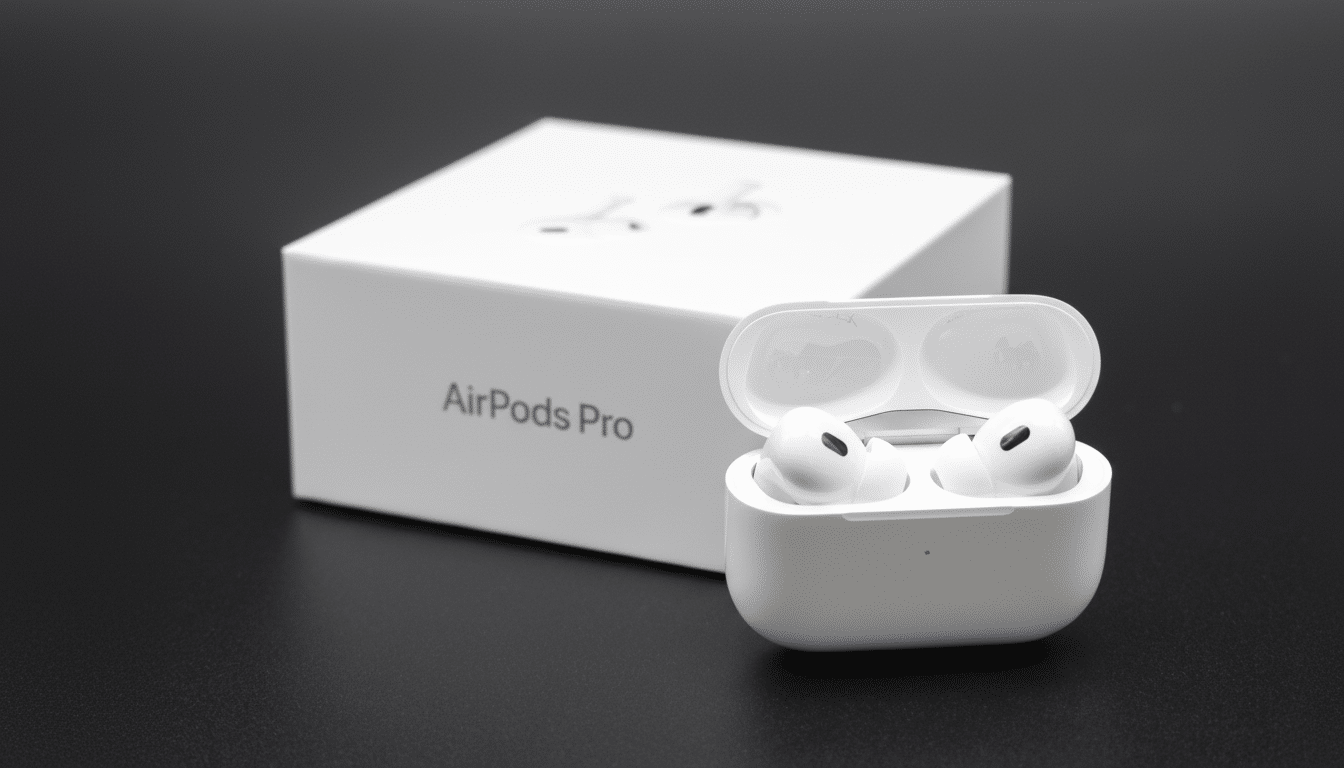Bang & Olufsen has announced the Beo Grace, its version of a pair of true wireless earbuds that cost $1,500 — or six sets’ worth of AirPods Pro 3 at $249 a pop. It’s a bold number in a stat-heavy category, and telegraphs B&O’s determination to throw earbuds into the proper luxury space.
It’s not what you’d call a spec-sheet play, is it. The company describes Beo Grace as wearable craftsmanship: audio hardware masquerading as high-end jewelry, supported by premium materials, attention to finishing detail and a service-centric ownership experience.

Jewelry-Like Design With Premium Materials and Finish
Bang & Olufsen calls the Beo Grace “wearable sculpture,” and it certainly looks the part as hardware.
The earbuds are crafted from polished aluminum and exhibit a shiny, mirror-like finish; the charging case is pearl-blasted aluminum with a matte texture for contrast — an industrial marriage more frequently found in watches than in consumer audio.
Look, this focus on metal isn’t just for show. Aluminum that is precision milled can become more rigid, handle tighter tolerances and feel cooler to the touch than plastic. B&O is even offering the option of a custom, laser-etched leather wrap for the case — available in Black, Cranberry Red and Seashell Grey — that throws into stark relief this fashion-led angle (not to mention mere icing on a luxury upcharge welter of already rarefied costs).
Serious Drivers and Heavier-Duty ANC for Clearer Sound
The sound is anchored by 12mm titanium drivers inside. Big drivers in true wireless earbuds are rare, and titanium diaphragms can provide a stiffer, more responsive profile that favors clarity and transient detail. These sit in a new acoustic architecture based on B&O’s flagship over-ears, and are designed to deliver more linear response and lower distortion at high volumes, according to Bang & Olufsen.
Active noise cancellation gets a big boost, with the company claiming it’s four times more effective than its previous-gen earbuds. The microphone arrays are not just optimized for suppression, but additionally scaled for a more natural “transparency” pass-through. Spatial Audio processing is fine-tuned for Dolby Atmos content, too; allegedly, this will make the stage feel broader and separate instruments better on tracks that support it and on streaming services that include it, such as Apple Music with a premium subscription or TIDAL HiFi, for example — as per Dolby and B&O’s product brief.

Battery Life: Modest Hours, Aggressive Fast Charge
Battery life is where the Beo Grace gets a bit more lone ranger than tough guy. Look for about 4.5 hours of listening with ANC turned on and roughly 12.5 hours from the charging case. Those amounts lag behind the big guns of mainstream, with 6–8 hours on a charge with ANC being fairly typical among top-end models from Sony, Bose, and others.
The upside is speed and long life. Five minutes on the top-up gives you about 2.5 hours of playback — extremely competitive for true wireless — and B&O claims that internal testing shows the cells remaining strong after roughly 2,000 charge cycles. Even for heavy use, that points toward a longer lifespan than the dreaded two-to-three-year battery slide many earbuds endure. A three-year warranty also supports that premium positioning.
How $1,500 Fits in Today’s Earbud Market
Context matters. The top end of the true wireless flagship market usually stalls out around $299–$399 (Sony WF-1000XM5, Bose QuietComfort Ultra) — along with Sennheiser Momentum True Wireless 4 and even B&O’s own Beoplay EX. Measured against that field, the Beo Grace is an outlier by design: It’s a statement piece for the buyer who prizes materials, finish, and brand exclusivity as much as audio output.
Analyst houses including IDC and Canalys have often noted that over 90% of hearables shipments reside sub-$200, highlighting an immense market need for value. At six times the price of AirPods Pro 3, the Beo Grace is the diametrical opposite of that trend — a halo product designed to reside nearer high horology and couture accessories than commuter tech. It’s more “which specs win handily over Apple?” and less “does this offer a luxury ownership experience that justifies a premium over luxury?”
Who Will Actually Buy These Luxury Earbuds and Why
Serious collectors are the target, as are design-led consumers and fans of (and goodwill toward) the brand. For them, the draw is a mixture of aesthetics, tactile feel and the potential of fine tuning — as well as having something that you won’t see on every subway platform. And for many listeners, the incremental improvements over excellent $250–$400 competition will not justify the cost delta; that tradeoff is exactly what the Beo Grace audience was meant to accept.
The takeaway: Bang & Olufsen has engineered a new tier in true wireless earbuds. The Beo Grace won’t rewrite the market on raw specs, but it will redefine what a premium earbud can look and feel like at a price point where the rumination that these are headphones fit for royalty remains unchanged even when you shrink them down to pocket-size.

